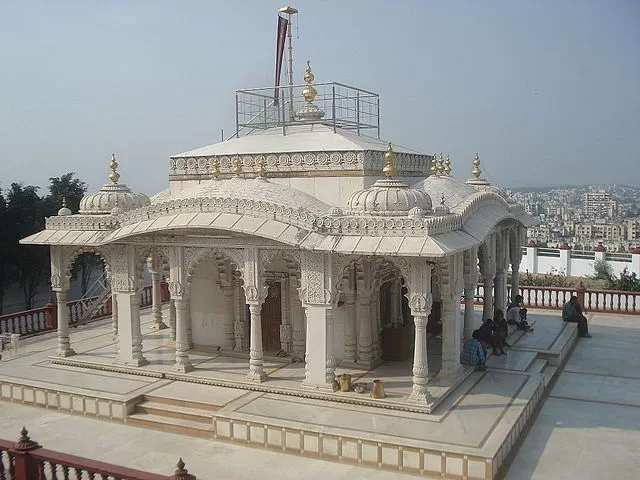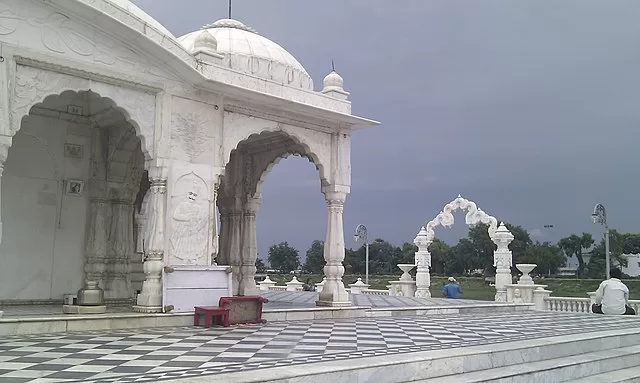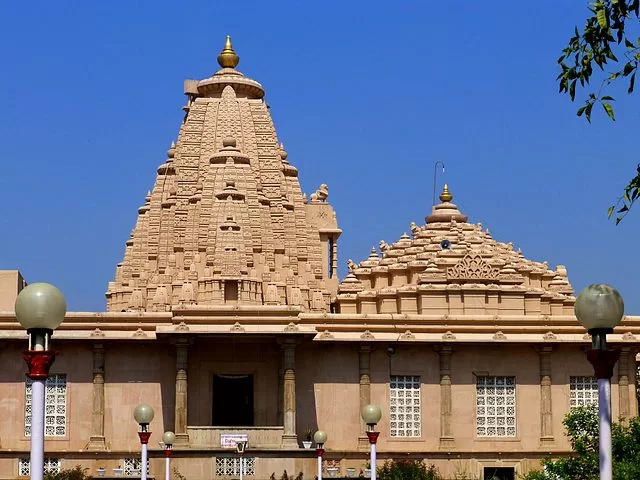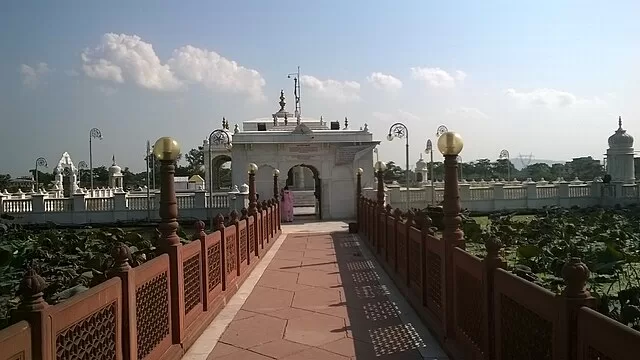Pawapuri, also known as Apapuri, is a significant pilgrimage site for followers of Jainism. Situated in the Nalanda district of Bihar, India, this sacred city holds immense importance in Jain traditions. It is believed to be the place where Lord Mahavira, the 24th Tirthankara of Jainism, attained Nirvana, making it a revered destination for spiritual seekers and devotees alike. In this article, we will delve into the history, significance, and religious aspects of Pawapuri.
The Historical Significance of Pawapuri
Pawapuri has a rich history dating back to the 6th century BCE. It was a flourishing city in the ancient Magadha kingdom and an essential center of learning and culture. The city was known for its opulent palaces and grand structures. However, the most critical event in Pawapuri’s history is the attainment of Nirvana by Lord Mahavira.
The Nirvana of Lord Mahavira
Lord Mahavira, the revered teacher and spiritual guide in Jainism, arrived in Pawapuri during his final journey. According to Jain scriptures, he shed all his worldly possessions, including his clothes, and entered a state of meditation. It is believed that Lord Mahavira attained Moksha or Nirvana at this very spot, freeing himself from the cycle of birth and death.
The Holy Jal Mandir
The Jal Mandir, also known as the Samosharan Temple, is the most famous and revered temple in Pawapuri. It is situated in the middle of a serene lotus-filled pond, providing a tranquil ambiance for visitors. The temple houses the divine footprints of Lord Mahavira, and it is considered one of the most sacred sites for Jains.
Spiritual Practices and Festivals in Pawapuri

Pawapuri remains an active center of religious activities and festivals. Numerous Jain monks and devotees visit the city throughout the year to seek blessings and enlightenment. The following are some of the significant spiritual practices and festivals observed in Pawapuri:
1. Meditation and Prayer
Visitors engage in meditation and prayer at the Jal Mandir, seeking spiritual solace and enlightenment. The peaceful surroundings of Pawapuri create an ideal environment for introspection and deep contemplation.
2. Mahavira Nirvana Diwas
The annual festival of Mahavira Nirvana Diwas celebrates the day Lord Mahavira attained Nirvana. Devotees gather at the Jal Mandir to offer prayers, participate in religious processions, and listen to discourses on Lord Mahavira’s teachings.
3. Paryushana Parva
Paryushana Parva, also known as the Jain Festival of Forgiveness, is an eight-day festival celebrated by Jains across the world. During this period, devotees observe fasting, perform charitable acts, and seek forgiveness from one another.
4. Diwali
Diwali, the festival of lights, holds special significance in Pawapuri. It marks the anniversary of the Jal Mandir’s installation, and the temple is beautifully adorned with diyas (oil lamps) and vibrant decorations.
Preserving the Sanctity of Pawapuri

The religious importance of Pawapuri attracts a considerable number of visitors each year. To preserve the sanctity of this sacred city, the local authorities and the Jain community work together to maintain the cleanliness of the Jal Mandir and its surroundings.
Conclusion
Pawapuri stands as a testimony to the rich cultural and religious heritage of Jainism. It remains a beacon of spiritual enlightenment for followers and visitors who seek to immerse themselves in the teachings of Lord Mahavira. The serene ambiance of the Jal Mandir and the historical significance of the site make Pawapuri a must-visit destination for anyone on a spiritual quest.
FAQs
1. What makes Pawapuri a significant place for visitors?
Pawapuri is renowned as a sacred pilgrimage site in Jainism because it marks the final resting place of Lord Mahavira, the 24th Tirthankara. It’s a peaceful spot filled with spiritual energy, attracting devotees and curious travelers alike.
2. How can I reach Pawapuri easily?
Pawapuri is well-connected by road and is about 35 km from Patna, Bihar’s capital. You can reach it by car, bus, or taxi from Patna or nearby cities. The nearest railway station is Nawada, which is about 13 km away.
3. What are the must-see attractions in Pawapuri?
Besides the famous Jal Mandir (Water Temple), visitors should explore the Nalanda Temple, the Samavasarana, and the lotus-shaped Suwarna Mandir. Each spot offers a unique glimpse into Jain architecture and history.
4. When is the best time to visit Pawapuri?
The ideal time to visit Pawapuri is during the cooler months from October to March. The weather is pleasant, making it comfortable to explore the temples and surroundings without the heat of summer.
5. Is Pawapuri only important for Jains, or can others visit too?
While Pawapuri holds deep significance for Jains, people from all backgrounds and faiths are welcome. It’s a place of peace and history, offering a serene experience for anyone interested in culture, spirituality, or architecture.


